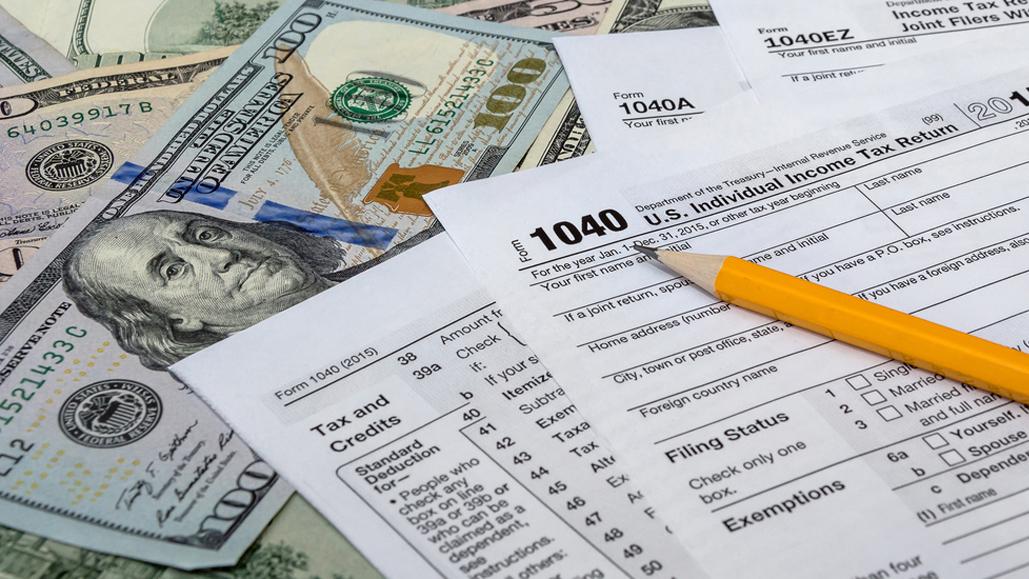Tax tips: 2 ways to benefit from charitable giving
Tax reform legislation's impact on charitable giving
Morgan Stanley Senior Vice President Jonathan Burkan on the impact of the tax reform legislation on charitable giving.
Sweeping changes to U.S. tax laws will impact whether Americans benefit from charitable giving – but there are still ways to reap the goodwill from making donations.
While the charitable deduction remains intact under the Tax Cuts and Jobs Act, a smaller number of Americans are expected to benefit from the charitable-giving deduction. The tax law upped the standard deduction by nearly double for both individuals and married couples, which is expected to result in fewer people itemizing.
According to estimates from the Tax Policy Center, the number of people who claim the deduction for charitable giving is expected to decline to 16 million this year, from 37 million.
However, even if you won’t be itemizing this tax season, there are still ways you may be able to deduct charitable donations. One such strategy is known as "bunching." Under this strategy, an individual could take the standard deduction in 2018, and then pile a bunch of 2018 and 2020 expenses to come up with $30,000 worth of itemized deductions in the following year.
Other payments that could work using a bunching strategy are medical and mortgage payments.
According to Fidelity Charitable, only 30 percent of itemizers have heard of bunching.
Another way taxpayers can benefit from making donations is through a donor-advised fund, through which taxpayers have the option of stashing as many years’ worth of charitable donations as they can at one time. Those funds can then be given away at the investors’ leisure, but taxpayers will reap the benefits from the charitable deduction up front. There are multiple benefits to a donor-advised fund under the new tax code, which include potentially avoiding the capital gains tax and taking advantage of the charitable deduction.
Charities have received less money so far this year from fewer donors, a trend that could be exacerbated in the fourth quarter due to changes made to the U.S. tax code. According to a recent study from the Association of Fundraising Professionals, the number of donors declined 6.6 percent in the second quarter of 2018 when compared with the previous year. The donor retention rate, or the number of donors who planned to give to the same organization, declined 6.4 percent during the same time period.
Overall revenue has declined so far this year when compared with 2017, as have $1,000-plus gifts and gifts under $250.
If you are unsure how to benefit from your charitable contributions under the new tax code, consult a professional.




















